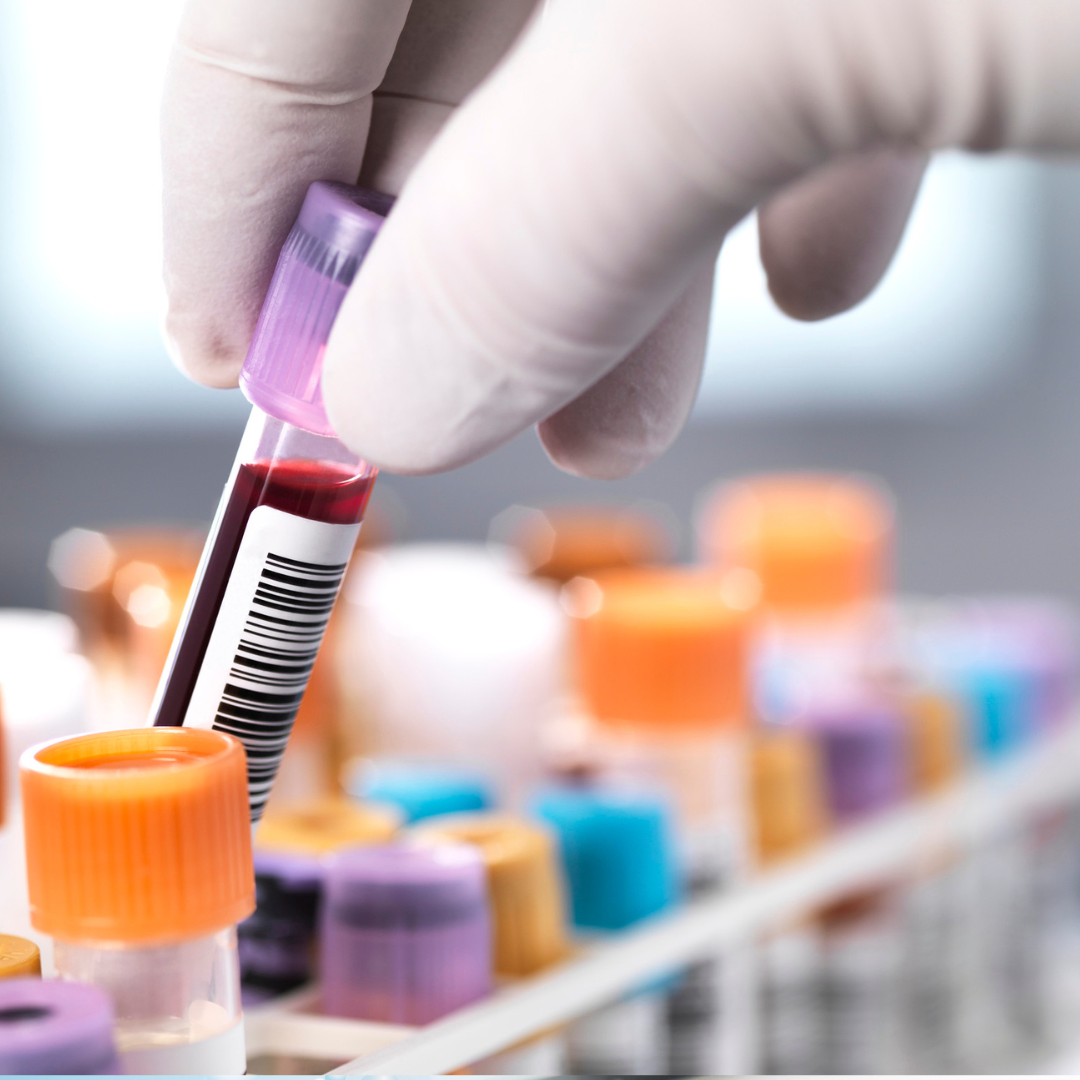A study led by the University of Sydney has discovered that engaging in higher levels of physical activity, particularly moderate to vigorous intensity activities, is strongly associated with a reduced risk of developing type 2 diabetes. The research findings were published in the British Journal of Sports Medicine.
The study, which involved 59,325 adults from the UK Biobank project, tracked participants' health outcomes for up to seven years. At the beginning of the study, participants wore wrist-worn accelerometers to monitor their physical activity levels.
The UK Biobank is a comprehensive biomedical database and research resource that contains anonymized genetic, lifestyle, and health information from approximately 500,000 participants in the United Kingdom. The study analyzed genetic markers associated with a higher risk of developing type 2 diabetes.
The results of the study demonstrated that individuals with a high genetic risk score were 2.4 times more likely to develop type 2 diabetes compared to those with a low genetic risk score.
Importantly, the study revealed that engaging in over an hour of moderate to vigorous-intensity physical activity per day was associated with a 74% lower risk of developing type 2 diabetes compared to those who engaged in less than five minutes of physical activity. This significant risk reduction remained even when considering other factors, including genetic risk.
An intriguing finding was that individuals with a high genetic risk who were in the most physically active category had a lower risk of developing type 2 diabetes compared to those with a low genetic risk who were in the least active category.
Associate Professor Melody Ding, the senior author of the study, highlighted that while the role of genetics and physical activity in the onset of type 2 diabetes is well-established, previous data relied on self-reporting and lacked evidence on whether physical activity could counteract genetic risk.
The study's findings provide promising news, suggesting that through an active lifestyle, individuals can mitigate much of the excessive risk associated with type 2 diabetes, regardless of their genetic predisposition.
Associate Professor Ding explained that moderate-intensity physical activity includes activities that make you sweat and slightly out of breath, such as brisk walking and general gardening. Vigorous-intensity physical activity encompasses more intense activities like running, aerobic dancing, uphill cycling, and heavy gardening, which cause breathlessness or heavy breathing.
Reference:
Accelerometer-measured intensity-specific physical activity, genetic risk and incident type 2 diabetes: a prospective cohort study, British Journal of Sports Medicine (2023). DOI: 10.1136/bjsports-2022-106653






